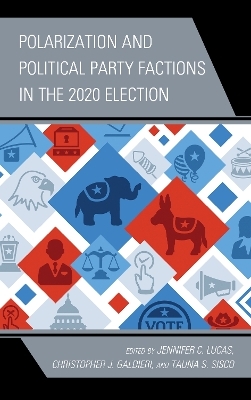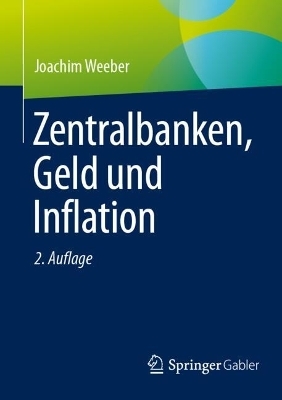
Polarization and Political Party Factions in the 2020 Election
Lexington Books/Fortress Academic (Verlag)
978-1-6669-0698-1 (ISBN)
This volume explores the conflict between two forces: party polarization and party factionalism. The major change in America’s two political parties over the past half-century has been increased polarization, which has led to a new era of heightened inter-party competition resulting in stronger and more cohesive parties. At the same time, elections, particularly primaries, often reveal deep internal factional divisions within both the parties, and the 2020 election was no different. The Democratic coalition typically pits moderate or establishment candidates against progressive activists and candidates, while the Republican Party in 2020 was, at times, polarized not only between moderates and conservatives but between those willing to criticize President Trump and those who would not. How did these two opposing forces shape the outcome of the 2020 election, and what are the consequences for the future of American party politics and elections?
Jennifer C. Lucas is professor of politics and Chair of the Department of Politics at Saint Anselm College. Christopher J. Galdieri is associate professor of politics at Saint Anselm College. Tauna S. Sisco is professor of sociology and Chair of the Department of Sociology and Social Work at Saint Anselm College.
Introduction: Party Polarization and Party Factionalism in the 2020 Elections by Jennifer C. Lucas, Christopher J. Galdieri, and Tauna S. Sisco
Section I: Party Activists and Factions: Challenging the Party Establishment in 2020
Chapter 1: Social Media Activism and Party Polarization: Did Democratic Social Media Activists Influence the Outcome of the 2020 Presidential Election? by Todd L. Belt
Chapter 2: Persistent Factionalism? An Analysis of Endorsements in the 2020 Democratic Primary by Zachary Albert
Chapter 3: Honest Abe Rebukes ‘The Donald’: Rhetoric in The Lincoln Project by Jerome Day, O.S.B
Section II: Polarization and Party Competition in Congressional Elections
Chapter 4: Negative Partisanship and Negative Partisan Branding: Twitter, Websites, and the 2020 Congressional Elections by Whitney Hua, Christopher Chapp, and Jorge Esparza Hernandez
Chapter 5: What Do the 2020 Congressional Primaries Tell Us about the Direction of the Democratic Party? by Robert G. Boatright
Chapter 6: Twitter Use in the 2020 Senate Races by J. Scott Granberg-Rademacker and Kevin Parsneau
Chapter 7: Party, Ideology, and Competitiveness: Small Dollar Donors in US House Elections, 2016-2020 by Brian K. Arbour
Section III: Parties and Voters in the 2020 Election
Chapter 8: Forecasting the Party Vote in the 2020 Election: What Went Wrong with the Polls by Natalie Jackson and Michael S. Lewis-Beck
Chapter 9: The Evolution of the Republican Party Coalition, 1968-2020 by Mark D. Brewer and Richard J. Powell
Chapter 10: Ideological Cleavages in the Democratic Primary Electorate by Kevin K. Banda, John Cluverius, Lilliana Mason, and Hans Noel
Chapter 11: The Political Geography of the 2020 Presidential Election: Small Shifts with Major Consequences in a Geographically Polarized Country by Chad Kinsella
Section IV: The Consequences of Polarization: Voter Access and Party Competition
Chapter 12: Pandemic Politics: State-Level Changes in Election Administration Laws in the 2020 Election by Carly Schmitt
| Erscheinungsdatum | 11.04.2022 |
|---|---|
| Co-Autor | Zachary Albert, Brian K. Arbour, Kevin K. Banda |
| Sprache | englisch |
| Maße | 161 x 227 mm |
| Gewicht | 544 g |
| Themenwelt | Sozialwissenschaften ► Politik / Verwaltung ► Staat / Verwaltung |
| Sozialwissenschaften ► Soziologie ► Allgemeines / Lexika | |
| ISBN-10 | 1-6669-0698-0 / 1666906980 |
| ISBN-13 | 978-1-6669-0698-1 / 9781666906981 |
| Zustand | Neuware |
| Haben Sie eine Frage zum Produkt? |
aus dem Bereich


